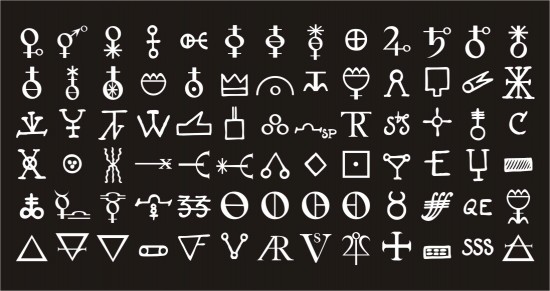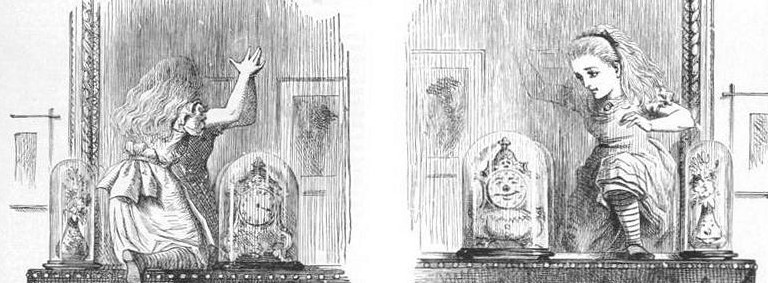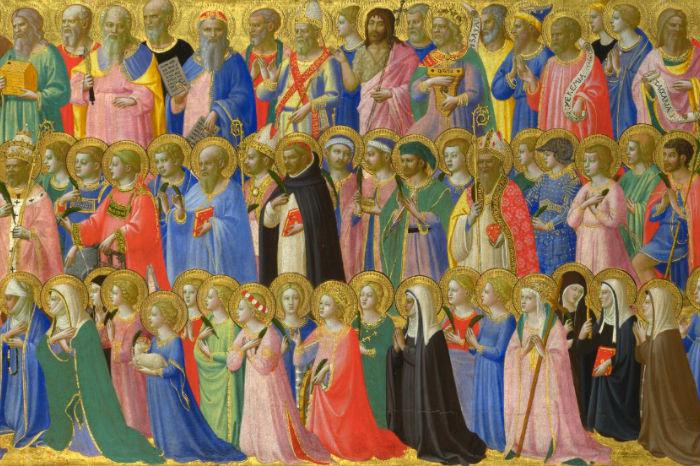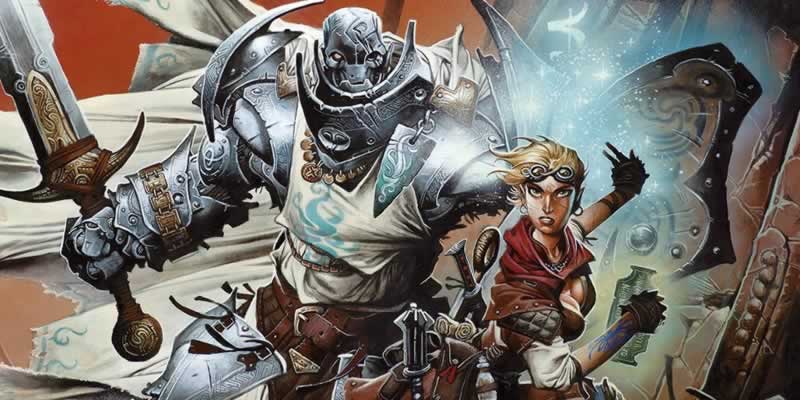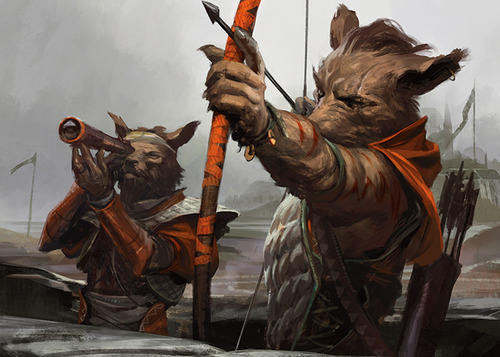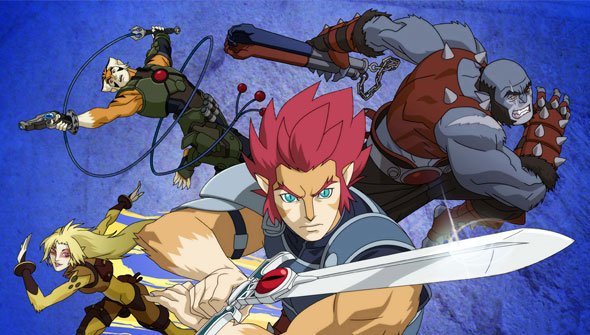So, I've recently had a crazy idea. My brother and I have been huge fans of
Robotech for decades. We have played various RPGs throughout the timeline of the story, as well as our own alternate timelines. We have used both Palladium's
Robotech RPG and FASA's
Battletech. One part of the story we've kept trying to play through, but never really did so successfully, is the "Robotech II: The Sentinels." There are several versions of the story, some of which overlap: OVA, comics, novels, and RPG. Some depth was even added to that story in the sequel "Robotech: Shadow Chronicles."
A variety of new races are added to the setting, and the story is progressively episodic. So, I figured why not re-interpret
The Sentinels as high fantasy adventure.
In the Shadow of the Artifice Masters is a 5th edition D&D adventure-campaign (similar to the official adventures released for the edition) covering the common elements of the
Sentinels story, allowing for player-character acts to effect the course of events.
Adventure Setting
In the Shadow of the Artifice Masters takes place on the continent of Fantoma, sometimes also called the "Old World." This continent is the homeland of elves, orcs, goblinoids, and a handful of other races. It is here that the conflicts of the Artifice Wars began between the elves of Tirol and the proto-goblinoids of Optera.
Another continent exists far to the west, about 2 months sail away. This "New World" is Micronia--home to humans, halflings, dwarves, and gnomes. It was "discovered" by the rebellious disciples of the high elf artificer Zor. These disciples were pursued by an orc armada, which would only prove to pull the Micronians into the Artifice Wars.





